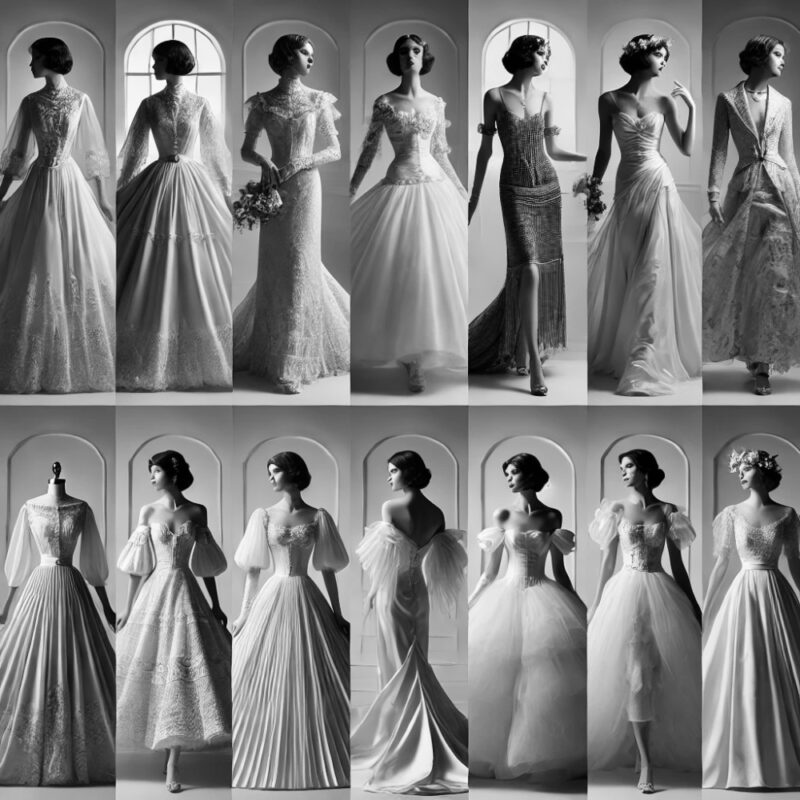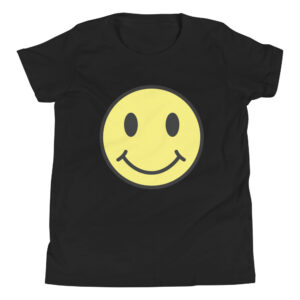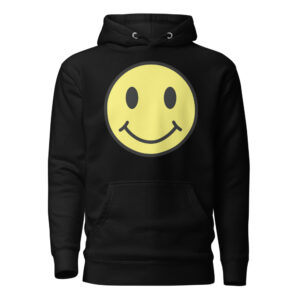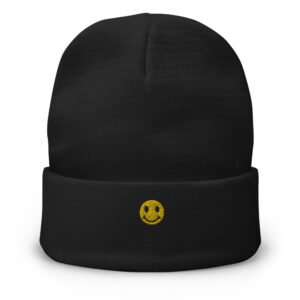A Century of Bridal Style and Inspiration
From grand Victorian gowns to sleek, modern silhouettes, wedding attire has undergone remarkable transformations over the decades. Each era brought unique trends, reflecting societal changes, technological advancements, and cultural shifts. This journey through time explores how wedding attire evolved, showing how couples continue to make their special day meaningful, stylish, and personal.
The Early 1900s: Victorian Influence and Opulent Styles
At the turn of the century, wedding dresses were heavily influenced by the Victorian era. Brides wore lavish gowns with high collars, long sleeves, and intricate lace details. The designs reflected societal norms of modesty, and white had become the traditional color thanks to Queen Victoria’s iconic white wedding gown in 1840.
The 1920s: The Flapper Era’s Influence on Bridal Fashion
The 1920s saw a radical shift in wedding attire as brides embraced the flapper style. Dresses became shorter, often reaching tea length, and looser to allow for freer movement. The era’s dresses featured Art Deco elements, with geometric patterns, beads, and feathers. This era marked the beginning of a more liberated approach to wedding attire, reflecting the roaring spirit of the Jazz Age.
The 1930s and 1940s: Glamour and Simplicity Amid Hard Times
The economic hardships of the Great Depression and World War II brought a focus on simplicity. Fabrics were less lavish, and styles became more conservative. Dresses often featured longer sleeves, fitted waists, and modest skirts. However, Hollywood glamour influenced the bridal look, with brides choosing elegant, body-hugging silhouettes inspired by silver screen icons like Jean Harlow.
The 1950s: A Return to Extravagance and the Rise of the Ball Gown
Post-war optimism brought back extravagance in wedding attire. The 1950s saw the rise of the ball gown silhouette, popularized by icons like Grace Kelly and Audrey Hepburn. Gowns were full-skirted with fitted bodices, giving brides a fairy-tale look. Lace, tulle, and pearl details became highly popular, symbolizing romance and elegance.
The 1960s: The Era of Mod Fashion and Individual Expression
As the counterculture movement grew, the 1960s encouraged individualism, and wedding attire began to reflect personal style more than ever. Short wedding dresses became fashionable, and some brides even chose colorful options instead of the traditional white. Influenced by the mod style, dresses featured bold patterns, empire waists, and minimal embellishments, embracing a modern aesthetic.
The 1970s: Bohemian Vibes and Nature-Inspired Gowns
The 1970s embraced bohemian style, with wedding gowns reflecting the era’s free-spirited vibe. Brides favored flowy silhouettes with earthy tones and natural elements. Floral headbands, bell sleeves, and lace were popular, giving a softer, romantic look to wedding attire. This decade introduced a laid-back, outdoor wedding style that remains popular today.
The 1980s: Bold Statements and Dramatic Details
The 1980s brought opulence back to the forefront with bold, dramatic wedding attire. Princess Diana’s wedding gown with its puffed sleeves, long train, and voluminous skirt set the standard for the era. Brides opted for extravagant designs with plenty of lace, ruffles, and sequins. This was a time for statement-making fashion, reflecting the bold aesthetic of the decade.
The 1990s: Minimalism Takes the Stage
Following the excess of the 1980s, the 1990s leaned towards minimalism. Influenced by supermodels and sleek fashion trends, wedding gowns became simpler, with streamlined silhouettes and minimal embellishments. Slip dresses were especially popular, and brides chose clean lines and elegant fabrics over complex designs. The understated look of the 1990s remains an iconic style choice.
The 2000s: Celebrity-Inspired Glamour and Modern Choices
The early 2000s saw a mix of traditional and modern elements in wedding attire, often inspired by celebrity weddings. Strapless dresses became a significant trend, and brides began exploring a wider variety of materials and cuts. Personalization started to gain popularity, with brides choosing styles that reflected their unique tastes.
The 2010s and Beyond: Embracing Diversity and Personal Style
In recent years, wedding attire has embraced diversity and personalization more than ever. Brides now have a wide array of options, from classic white gowns to colored dresses, jumpsuits, and even pantsuits. Sustainability has also become a focus, with many opting for eco-friendly materials and vintage dresses. The trend towards personalization allows couples to make bold statements with their attire, reflecting their individual love stories.
How Wedding Fashion’s Past Shapes Today’s Trends
The journey of wedding attire through the decades showcases an evolution shaped by culture, fashion, and personal expression. Each era has left a lasting legacy, and modern couples now have a rich history to draw upon when designing their dream day. Whether inspired by vintage elegance or contemporary minimalism, today’s brides and grooms have endless options to celebrate their unique style and love story.






